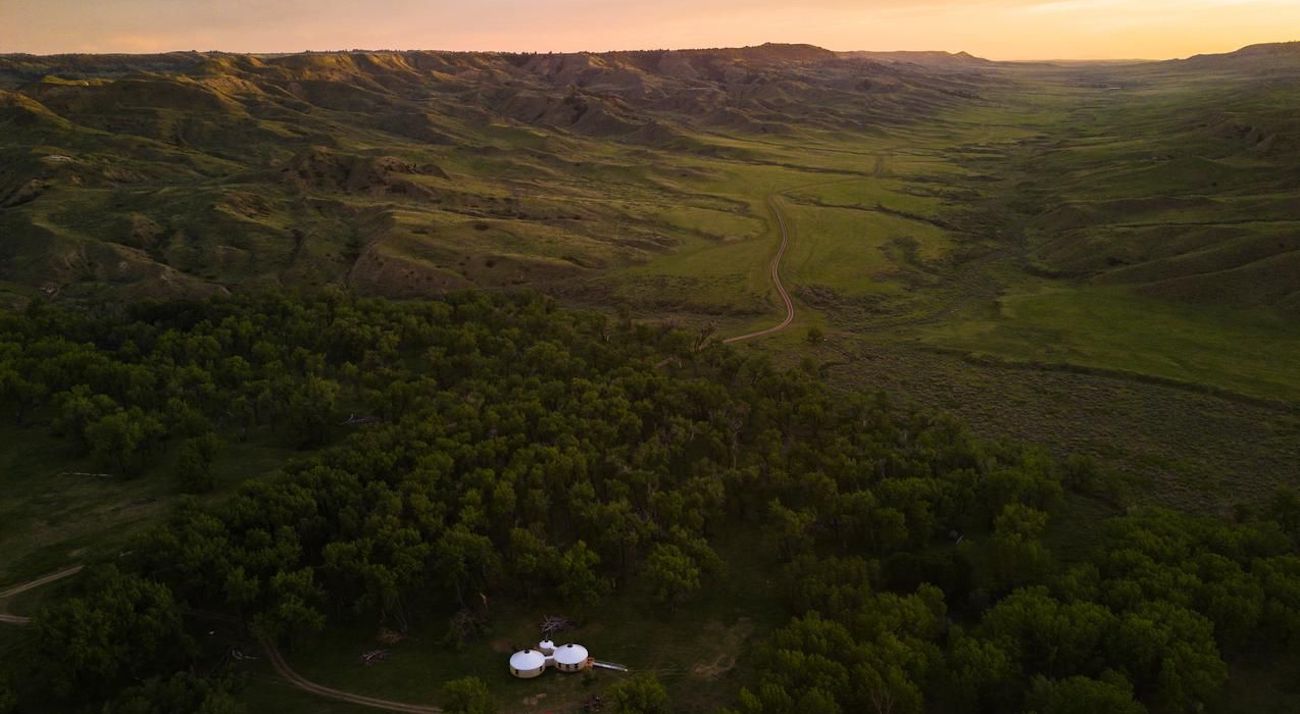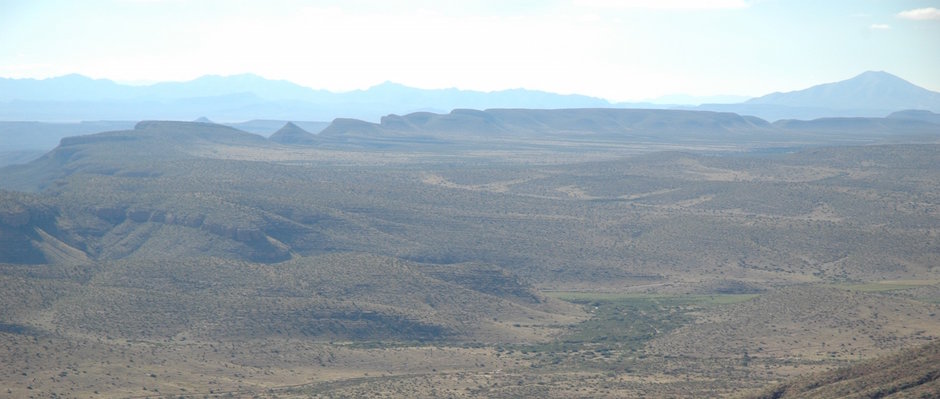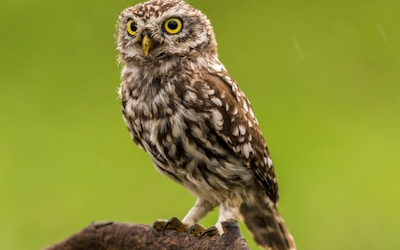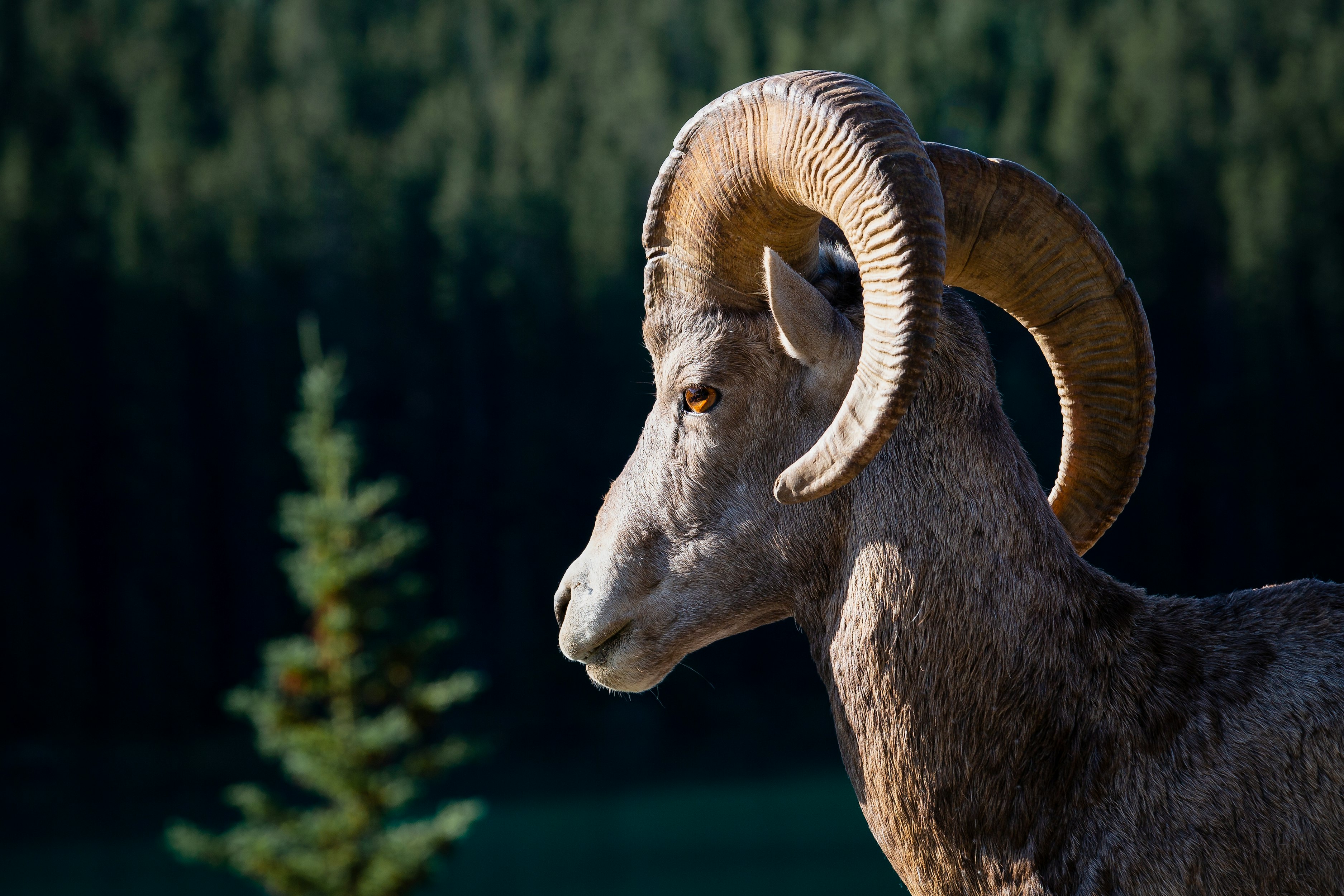The New Outdoor Getaway: Landscapes That Have Been ‘Rewilded’
Predation has been part of natural systems forever. Human predation (hunting) has been present in North America for at least 12,000-years. Hunting shaped the natural systems Europeans found when they arrived around 1500.
Rewilding is a great idea, but, restoring ‘wildness’ while excluding hunting is a self-contradiction. And remember: Someone must pay for all this. Hunters have always done the heavy financial lifting when it comes to wildlife conservation and restoration.
NOTE: this article was originally published to WSJ.com on September 20, 2018. It was written by Nina Sovich.
I HAVE COME to this isolated spot in northeast Montana to be rewilded, but after an hour of bumping along a dirt track in a Chevy Suburban rental, I am wondering if rewilding—a movement focused on restoring places to their original natural state and reawakening one’s animal self by visiting them—isn’t too lofty a term.
I am to spend some days in a yurt on the prairie with no cellphone reception, no running water and no people for miles. I haven’t been camping since the ninth grade. Rewilding to some can look an awful lot like a midlife crisis to another.
My guide, Mike Kautz, the recreation manager at American Prairie Reserve (APR), certainly seems skeptical of my ability. When I told him in an email that I was “not particularly outdoorsy,” he volunteered to meet me when I arrived and lead me to the yurt. Riding ahead of me on a motorcycle, he stops and turns every once in a while to see whether I have driven the Suburban off a cliff.

f there were a place to commune with nature—and not a single human—in the Lower 48, this would be it. Since 2001 the nonprofit organization behind APR, funded largely by individual donors, has been buying ranch and private land to return these grasslands to the state they enjoyed when Lewis and Clark first arrived here in 1805. At 400,000 acres, APR is already larger than the Grand Teton National Park in Wyoming and the nonprofit is aiming for around 3.5 million acres of interlocking public and private land that would become a refuge for bison, pronghorns, prairie dogs, wolves and grizzly bears. In an effort to foster public goodwill among the neighbors and highlight accessibility, APR is building a series of affordable yurts and huts on the prairie for the public. Hike to one of the shelters, spend a couple of evenings for $125 a night, then move on to the next. Enjoy America as it was enjoyed by Native Americans, French trappers and the hardiest pioneers.
When we finally arrive at the yurt, it is as sleek as a spaceship and nestled into the side of the hill to protect it from the wind. In the distance, rolling hills of grass and sage unfurl to the horizon. Below, the Missouri River winds through a valley of cottonwood trees. There is not even a whisper of human habitation.

Mike shows me around the yurt, which is all light pine wood, gray steel accents and white cloth walls, with a living-room and dining area and a sleeping area that can sleep up to nine. The dry toilet is discreetly hidden behind two doors. There is a stove and refrigerator and a bucket under the sink for catching dishwater. I put away the groceries I bought in Lewistown before I entered the reserve. “Should I show you how to change the tire on the Chevy?” he asks me, ready to go. “No,” I say. “I won’t be able to change a tire on a Chevy.” He shrugs. “OK, well if we don’t see you in a couple of days we’ll send someone out.” Then he hands me a sleeping bag and places two 5 gallon jugs of water on the table. He gets back on his bike and disappears over an outcrop. I stand at the door like a pioneer woman, waving my handkerchief in the infernal wind. I am alone. Let the rewilding begin.
Rewilding began as a conservation movement roughly 30 years ago—take land that had been hammered by humans and turn it back to its natural state. First let the trees and grasses grow back, then introduce herd animals like deer and bison. Insects and birds would thrive and eventually, apex predators would come back, restoring the cycle to one of health and equilibrium. APR’s founders aim to do that, while adding a tourism element to the operation, as do other rewilders. The Tompkins family, creators of the North Face retail brand, sponsors a host of rewilding projects in Chile and Argentina that have opened around 2 million acres to the public. Around 20 years ago, writer Isabella Tree and her husband Charlie Burrell turned their 3,500-acre Knepp Farm, outside London, into a rewilded area that now hosts some of Britain’s rarest species. The Dutch government took a shine to the idea of rewilding, introducing deer and Konik horses to a 12,300-acre parcel of marshland outside Amsterdam but failed to cull the herd in winter or introduce any predators. The animals began to starve and distraught citizens found themselves pitching hay over the fence for the horses.

Successful rewilding takes a tremendous amount of space because predators need large territories. The politics of that, not to mention the economics, are daunting. What happens when you turn ranchland into prairie or farms into forests? Well, you lose money, unless you can offer the public an experience worth paying for. Enter spiritual rewilding. “At the end of the day, we all come from Africa,” said Deborah Calmeyer, CEO and founder of Roar Africa, a luxury safari operator. Last April she brought a small group to the Segera Retreat in Kenya to be rewilded. Guests did all the normal safari things but also met with a nutritionist to discuss ancient man’s eating habits and a psychiatrist to discuss their relationship with animals and the land. “We’ve gained so much in lifestyle,” Ms. Calmeyer said. “But we have also lost so much. We run from the rain. Don’t like the cold. But these are the things our five senses are attached to. This has been wired into us from many millions of years ago.”
Ms. Calmeyer’s crowd is a demanding one, and luxury is an important component to the rewilding experience. An unpleasant meal, a poorly lit tent, can distract people from their chance to reconnect with nature, she said. Guests are encouraged to talk about why they came to Africa, to relate their experiences in poetry, and to leave the phone and computer behind. “There is no such thing as human nature,” said Ian McCallum, the Cape Town-based psychiatrist who joined the trip. “There is just nature.” When he leads sessions he asks people what their favorite animal is and why. Often, he finds, the qualities in animals they admire are the qualities they aspire to for themselves.

With increasing concerns that checking one’s cellphone 50 times a day is bad for the soul, the pull of spiritual rewilding is such that a small cottage industry has sprung up around it. Forest bathing, first popularized as shinrin-yokuin Japan in the 1980s, is on the rise in the U.S. Ben Page has trained 150 forest-therapy guides in recent years. One can now forest bathe everywhere from Lapland to Central Park.
Forest bathing requires the bather to slow down and experience the forest. Instead of hiking through to the waterfall at breakneck speed, the walker is encouraged to move as slowly as possible. Mr. Page stops to point out the fiber in a leaf; he gets participants to put their toes in the stream. The whole idea is to move from the sympathetic nervous system, fight or flight, to the parasympethic system, rest and digest. “People are on their cellphones all day dealing with alerts about nuclear war, the rise of fascism,” said Mr. Page. “They are triggered into a fight or flight constantly. But we have no physical exercise.”
‘ I walk across grasslands loud with crickets. A pronghorn antelope comes over a hill. ’
I like the idea of forest bathing. It sounds reassuringly like “taking a walk” in the way my mother and grandmother take walks. Anyone can do it. No special shoes or education required. On my first morning in the yurt, I do just that. It’s not a hike. It’s not a trek. I don’t stray too far from my yurt because I don’t want to get lost. I walk across grasslands loud with crickets. A pronghorn antelope comes over a hill, looks at me and holds my eye for a thrilling moment or two. Grouse fly up from a thicket, fat and slow. Somewhere in the warm wind blowing up from the prairie, I hear bison bellowing. I end up walking for hours. When I get back I make a huge dinner, read by the dying light and wait for night to fall. I walk outside at 9 p.m. and there are so many stars, the dome of the sky is so evident, I feel vertiginous. I am falling through space.
I don’t know if I’ve been fully rewilded. The idea seems both ephemeral and highly personal. I know this place is beautiful, and to experience beauty like this, without distraction, feels not only natural, it feels human.

HEAD SPACE / Where to Rewild Yourself
KENYA Roar Africa offers its next “Rewilding: Roar & Restore” program in May and June of 2019 at Kenya’s Segera Retreat. Traditional game drives come paired with lectures from an expert on “hands-on healing” as well as spa treatments and acupuncture sessions. Guests can also opt to “sleep like a bird” by spending the night in a raised, open-air platform that’s shaped like a bird’s nest and overlooks the wilderness. From $15,000 per person for the 6-day retreat, roarafrica.com
LOS ANGELES Shinrin-yoku, or forest-bathing, practitioners have sprung up across the U.S. and Europe. Ben Page, the founder of Shinrin Yoku LA, takes people on very slow three-hour walks through the Los Angeles Arboretum & Botanical Gardens. $37 per walk, arboretum.org. For guides in other locations, consult natureandforesttherapy.org.
WISCONSIN In the wilderness of northern Wisconsin, you can spend one to four months training to be a “forest monk.” Participants live in a yurt or tent while they learn herbalism, martial arts, how to forage for food, soapmaking and fermentation, all while inviting their own spiritual awakening and becoming awesomely fit. In winter, monk trainees are taught how to rescue themselves if they fall through the ice. The application process includes a phone interview. From $10,000 per person for the four-month program. rewildu.com
RAW FOOTAGE / Ambitious Conservation Projects that Welcome Visitors
Wolves and Wine Pairings
The European Safari company aims to open restored and rewilded land throughout seven European countries. One can visit Lapland in Sweden and stay at the Arctic Retreat (pictured above), which offers husky sledding and northern lights safaris. In the Central Apennines of Italy—where bears, wolves and wild boars roam the hills—you can bunk down in the Bisegna Mountain Refuge. Or, if you’d prefer to rough it, to some extent, the Fly Camp in Portugal’s Faia Brava Reserve provides tents with comfortable beds and catered meals with wine pairings. From about $100 a night for the Fly Camp, europeansafaricompany.com
Range Roving
American Prairie Reserve (APR) accommodates guests on its 400,000 acres with a campground and two 30-foot yurts that accommodate nine people. From $10 a night for the campsites and from $125 a night for the yurts. For those with deeper pockets, APR can make its all-inclusive Kestrel camp open for parties of 8-10. Guests get personal wildlife and natural history tours and gourmet meals prepared by a private chef. From $1,000 per guest per night, americanprairie.org
Rare Britannia
In southern England’s West Sussex, Knepp Wildland Project was once a struggling farm. Now the 3,500-acre estate is a completely rewilded land. The landowners brought in Tamworth pigs and rare species like nightingales and purple emperor butterflies began to appear. Visitors can visit on a day trip or spend the night in a hut or the Tawny Owl treehouse and barbecue wild boar on the premises. Treehouse from about $359 a night, knepp.co.uk




Don’t you think that the prices are a bit extravagant when camping would be a bit more reasonable for most folks?
Hello Vincent,
‘Camping’ can be something from a pup tent up to a safari – lots of it gets really expensive. This is true of most outdoor activities, including skiing, fishing, and hunting. The ‘reasonable’ price of camping in public forests, parks and reserves ignores the enormous subsidies public support of these areas affords participants. ‘For profit’ enterprises are generally non-subsidized, therefore they cost more. The public is lucky to have choices that fit different budgets.
Thanks for reading.